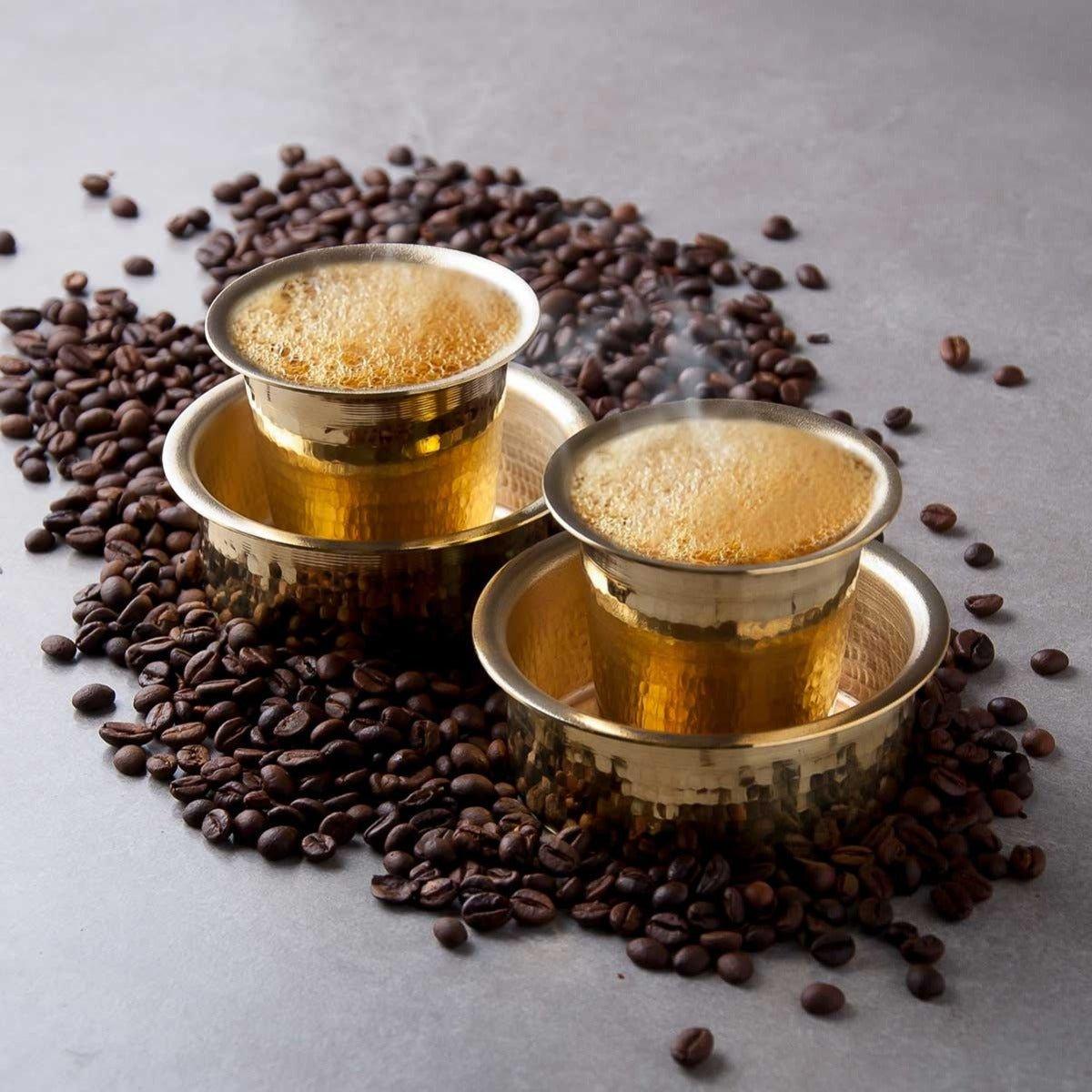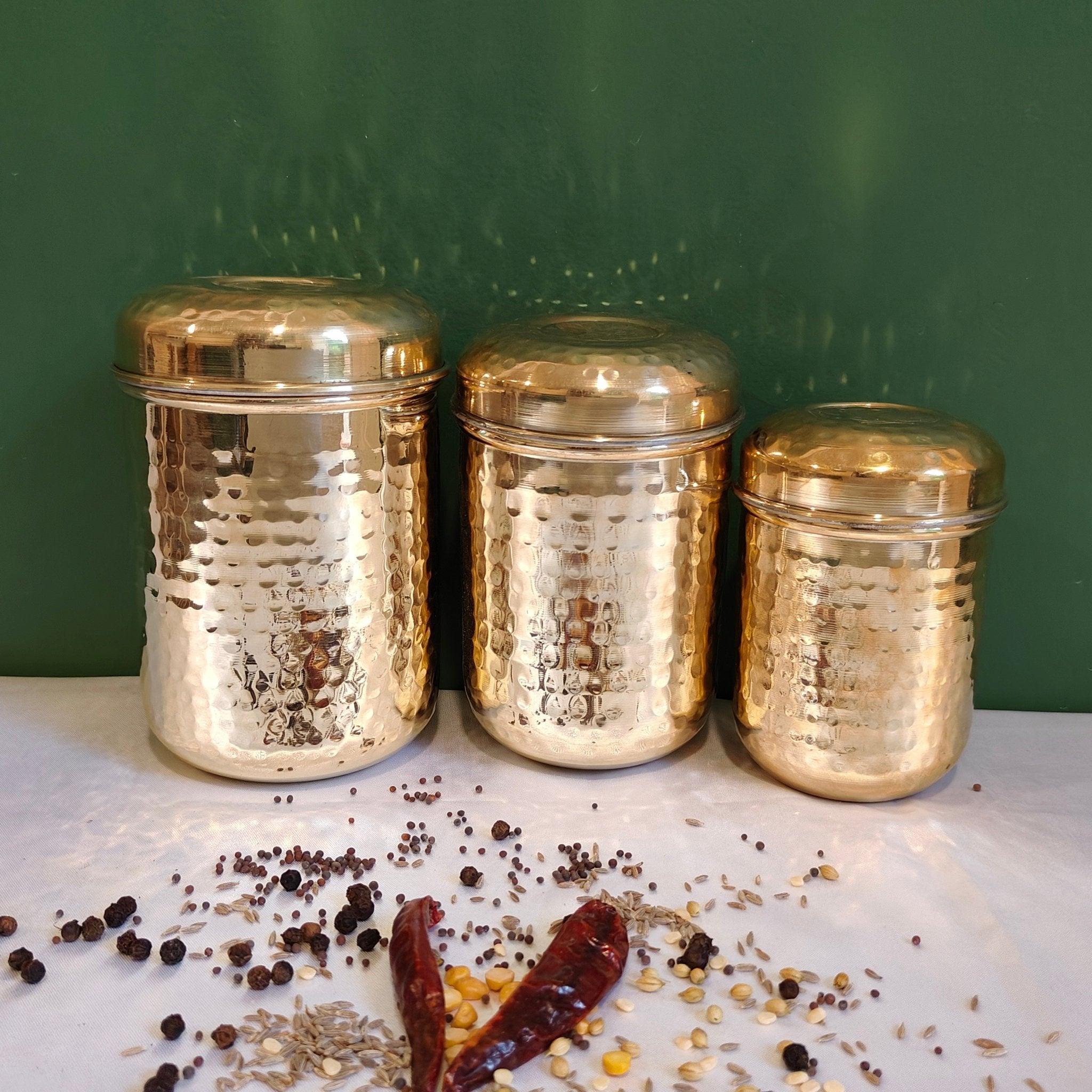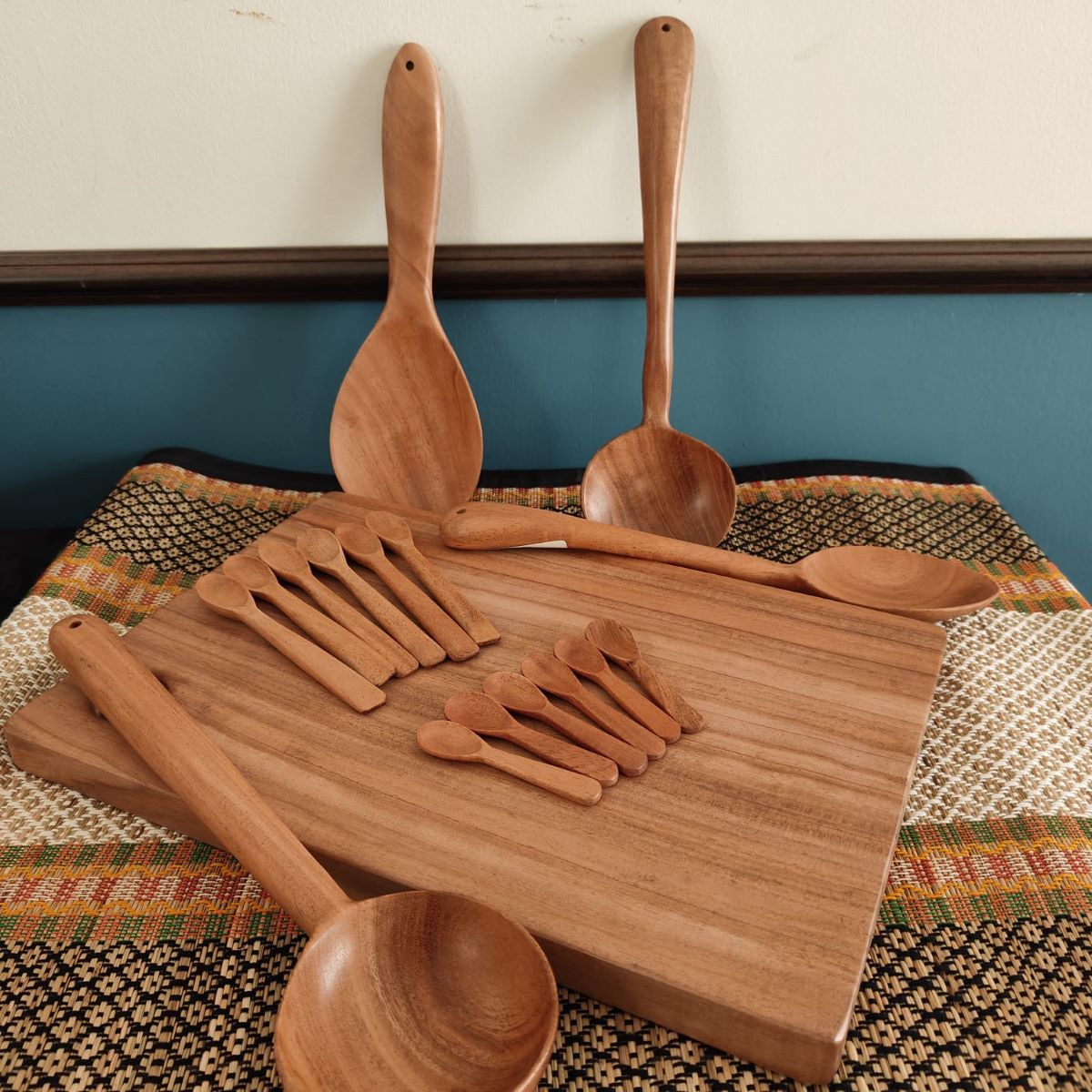History of Tea and Coffee in India
The concept of tea drinking which is predominant across many parts of India has its root not too long ago. The same is with consumption of coffee which has taken hold of Southern India especially Karnataka and Tamil Nadu. We were inquisitive to understand what we Indians were traditionally drinking before the introduction of these two caffeine drinks Coffee and Tea into our society.
This research took us to speaking to many elders and documentations done by historians, but the research is very limited and with limited knowledge that can throw some light as to what our ancestors were drinking were drinking before the introduction of these two favourite beverages of our modern times. I am sure many in North India cannot survive a day without tea as well as coffee aficionados in the south. Let’s understand the history and dates when these two beverages were introduced to the larger populace of Indian sub-continent.
Origin of Tea in India
Tea was introduced to India during the colonial period under British rule. The British East India Company, which had established a presence in India in the early 17th century, played a significant role in the introduction and promotion of tea cultivation in the country.
Tea seeds were first brought to India by the British in the early 19th century. The initial attempts at cultivating tea in India faced various challenges, but it was eventually successful in the northeastern region, specifically in Assam. The Assam region's fertile soil and favourable climate were found to be ideal for tea cultivation.
The first commercial tea plantation in India was established in 1837 in the region of Chabua in Assam. The British gradually expanded tea cultivation in the region, bringing in skilled workers from China to work on the plantations. This marked the beginning of the tea industry in India.
Following the success in Assam, tea cultivation spread to other regions of India, including Darjeeling in West Bengal and the Nilgiris in Tamil Nadu. Today, India is one of the largest tea-producing countries globally, renowned for its Assam, Darjeeling, and Nilgiris teas.
The concept of mixing milk with tea is not very common across the world (Including China from where we got it). As per our understanding, it’s this concept of mixing milk with tea resulting in Chai and spiced with our spices resulted in this beverage capturing the imagination of Indians.
Indian Version of Tea- Chai

Chai, or Indian spiced tea, is a popular beverage in India and has several renowned preparations that vary in ingredients and techniques across different regions. Here are a few notable types of chai preparations:
- Masala Chai: Masala Chai is the most common and widely consumed type of chai in India. It is made by brewing black tea leaves with a blend of spices such as cardamom, cinnamon, cloves, ginger, and sometimes black peppercorns and star anise. The tea is typically simmered with milk and sweetened with sugar or jaggery.
- Kashmiri Kahwa: Kashmiri Kahwa is a traditional tea preparation from the Kashmir region. It is made by brewing green tea leaves with saffron strands, cardamom, cinnamon, and sometimes almonds or other nuts. It has a delicate flavor profile and is often served with a touch of honey.
- Adrak Chai: Adrak Chai, or Ginger Tea, is a popular variation that emphasizes the flavor and aroma of ginger. It involves brewing black tea leaves with freshly grated or sliced ginger and adding milk and sugar as desired. Adrak Chai is known for its spicy and warming properties.
- Bombay Cutting Chai: Cutting Chai, commonly found in the bustling streets of Mumbai (formerly Bombay), refers to a small serving of strongly brewed tea. It is made by simmering black tea leaves with milk and sugar, often boiled together for a longer time to develop a rich and intense flavor. It is called "cutting chai" because it is typically served in small glasses.
- Tulsi Chai: Tulsi, or holy basil, is highly regarded for its medicinal properties in India. Tulsi Chai involves infusing black tea leaves with fresh or dried tulsi leaves, ginger, cardamom, and other spices. It is believed to have rejuvenating and soothing effects.
- Karak Chai: Karak Chai is a strong and heavily spiced tea that originated in the Middle East but gained popularity in parts of India as well. It involves brewing black tea leaves with a combination of spices such as cardamom, cinnamon, cloves, and saffron. It is often prepared with evaporated or condensed milk and sweetened with sugar.
These are just a few examples of the renowned types of chai preparations in India. Chai recipes can vary greatly within regions and households, with individuals often adding their own unique twists to the traditional preparations.
When Coffee came to India
Coffee was introduced to India in the 17th century during the reign of the Mughal Empire. The credit for bringing coffee to India is often attributed to a Sufi saint named Baba Budan, who is said to have smuggled seven coffee beans from Yemen to the Chikmagalur region of Karnataka in the year 1670. He planted these beans in the hills of Chikmagalur and thus initiated coffee cultivation in India.

The favourable climate and soil conditions in the region proved to be suitable for coffee cultivation, leading to its successful establishment and subsequent spread to other parts of the country. The cultivation of coffee gradually expanded to other regions, such as the Nilgiris in Tamil Nadu and the Wayanad district in Kerala. Today, India is one of the major coffee-producing countries in the world.
In comparison to tea, coffee has limited acceptance across the populace of India. Kumbakonam, as a town plays a significant role in the adoption of coffee in some of the southern states.
The growth of Kumbakonam Filter Coffee
Kumbakonam became a prominent coffee hub during the 19th century, specifically in the latter half of the century. This period coincided with the expansion of coffee cultivation and trade in the southern regions of India.
Coffee cultivation in the nearby regions of Thanjavur (Tanjore) and Coorg (Kodagu) had gained momentum, and Kumbakonam, strategically located, emerged as a major centre for the processing, trade, and distribution of coffee. During the colonial era, Kumbakonam was an important centre for trade and commerce. It had proximity to the major ports along the Coromandel Coast, which facilitated the transportation of goods, including coffee. The town served as a hub for coffee merchants, exporters, and traders.
The establishment of coffee curing and processing units, as well as warehouses, in Kumbakonam further solidified its position as a significant coffee hub. Coffee produced in the neighbouring regions would be brought to Kumbakonam for processing and packaging before being distributed to various markets.

Moreover, the unique filter coffee tradition, which was popularized by the local community in Kumbakonam, contributed to its reputation as a coffee destination. The traditional method of preparing filter coffee became deeply ingrained in the local culture and garnered attention from coffee enthusiasts across the region.
The filter coffee preparation method involves using a traditional metal coffee filter called a "decanter" or "percolator." It consists of two cylindrical cups, with small perforations at the bottom of the upper cup. Finely ground coffee powder is placed in the upper cup, and boiling water is poured over it. The coffee brews and drips down to the lower cup, resulting in a strong and aromatic coffee decoction. This decoction is then mixed with hot milk and sugar to create the final cup of filter coffee.
The distinctive taste and aroma of Kumbakonam filter coffee gained popularity over time, attracting coffee enthusiasts from different parts of the country and making it synonymous with the town. Today, Kumbakonam is renowned for its traditional filter coffee and is considered a significant destination for coffee lovers in India.
Overall, Kumbakonam's rise as a coffee hub occurred during the 19th century, driven by the thriving coffee trade in southern India and the town's central location for processing and distribution.
Traditional Drinks before the introduction of Chai and Coffee
This is the trickiest part of our research as there are many documented beverages, but we have no clue as to what was replaced with chai or coffee. The challenge being that each individual household/community had their own favourite beverage.
Before the introduction of coffee and tea to India, there were various traditional beverages that were popular among the Indian population. Here are a few examples:
- Herbal Infusions: India has a rich tradition of using herbs and spices for medicinal purposes. Herbal infusions made from ingredients like Tulsi (holy basil), ginger, lemongrass, and mint were commonly consumed as both refreshing drinks and remedies for various ailments.
- Lassi: Lassi is a traditional yogurt-based drink that is enjoyed in different variations across India. It is typically made by blending yogurt with water and adding flavors such as mango, rosewater, or saffron. Lassi is often served chilled and is a popular choice during hot summer months.
- Sugarcane Juice: In many parts of India, sugarcane juice has been a popular beverage since ancient times. It is extracted by crushing sugarcane stalks to extract the sweet juice, which is then consumed either as is or with a squeeze of lime juice and a sprinkle of black salt for added flavor.
- Aam Panna: Aam Panna is a refreshing summer drink made from raw mangoes. The raw mangoes are boiled, blended with sugar or jaggery, and flavored with spices such as cumin and black salt. Aam Panna is known for its cooling properties and is believed to prevent heat stroke.
- Sattu: Sattu is a popular drink in parts of India, particularly in Bihar and Uttar Pradesh. It is made by grinding roasted grams (typically chickpeas) into a fine powder. This powder is then mixed with water, lemon juice, and sometimes spices like roasted cumin powder. Sattu is known for its cooling properties and is often consumed during hot summers.
- Sherbet: Sherbet is a sweet and flavored drink made by mixing fruit juices or extracts with water, sugar, and sometimes spices. It has a long history in India and was made from various fruits like rose, lemon, mango, and tamarind. Sherbet was commonly consumed to quench thirst and provide refreshment.
- Aamras: Aamras is a traditional drink from the western region of India, particularly popular in Gujarat and Maharashtra. It is made by extracting pulp from ripe mangoes and blending it with sugar or jaggery. Aamras is enjoyed as a refreshing beverage during the mango season.
- Coconut Water: In coastal regions and tropical areas of India, coconut water has been a popular and widely available natural drink. It is the clear liquid found inside a young, green coconut. Coconut water is naturally refreshing, hydrating, and rich in electrolytes.
- Buttermilk: Buttermilk, also known as chaas or mattha, is a traditional Indian drink made from yogurt. It is prepared by diluting yogurt with water and adding spices like roasted cumin powder, black salt, and mint leaves. Buttermilk is a popular choice to cool down and aid digestion, particularly during hot summers.
These are just a few examples of the traditional beverages consumed in India before coffee became popular. The diverse regional cuisines and cultural practices of the country have given rise to a wide variety of indigenous drinks that are still enjoyed today.




Leave a comment
All comments are moderated before being published.
This site is protected by hCaptcha and the hCaptcha Privacy Policy and Terms of Service apply.